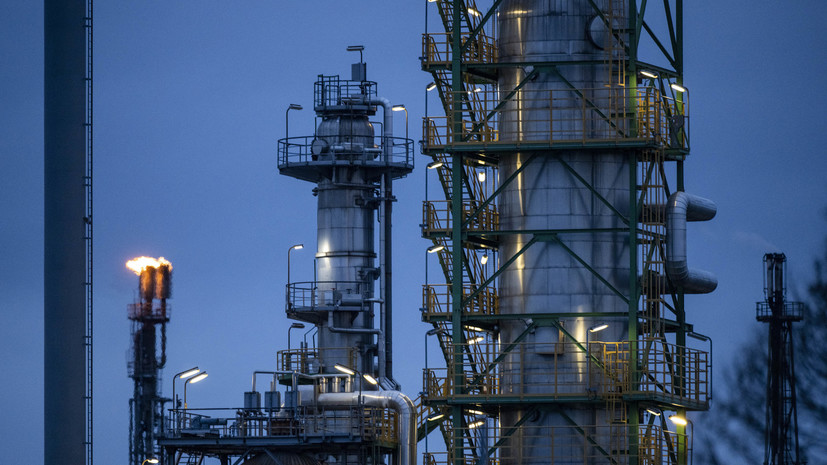The specialist noted that fuel markets are very diverse.
“And even the introduction of two price ceilings is also a very average story ... It turns out that even if you set a single ceiling for light oil products, which are traded more expensive than oil, then the “equalization” there is also kind of strange.
Diesel is a motor fuel market, gas oil is more of a raw material for oil refining and chemistry, a completely different market in essence.
Therefore, even here difficulties may arise, which specific ceiling you will take to completely different markets.
There can be disputes... If you try to set the same price ceiling for diesel as for fuel oil, then you will hit the oil market.
If Russia cuts exports, there will be shortages and rising prices around the world,” Yushkov said.
He also added that Russia takes a consistent position on this matter.
“And all this talk about the effect of the oil price ceiling is very strange.
Many say that Russia is meeting the price ceiling, pointing out that URALS is currently under $60 a barrel.
And the fact that our Sakhalin oil or Far Eastern oil costs more than $70, for some reason, no one notices.
How do we keep the ceiling if all Far Eastern oil costs over $70?
The question here is not that someone observes something, but that these are the realities of the market ... I think that the same story will be with oil products.
Maybe we will just maneuver towards the export of crude oil by reducing refining.
We will look for tankers and ships loyal to ourselves in order to eventually import oil products, regardless of the price ceiling, ”RT’s interlocutor concluded.
Earlier, US Deputy Treasury Secretary Wally Adeyomo said that the United States, together with its allies, agreed to introduce two price ceilings for Russian oil products.
The first price ceiling will be introduced for products that trade at a premium to crude oil, and the second for products that trade at a discount.

